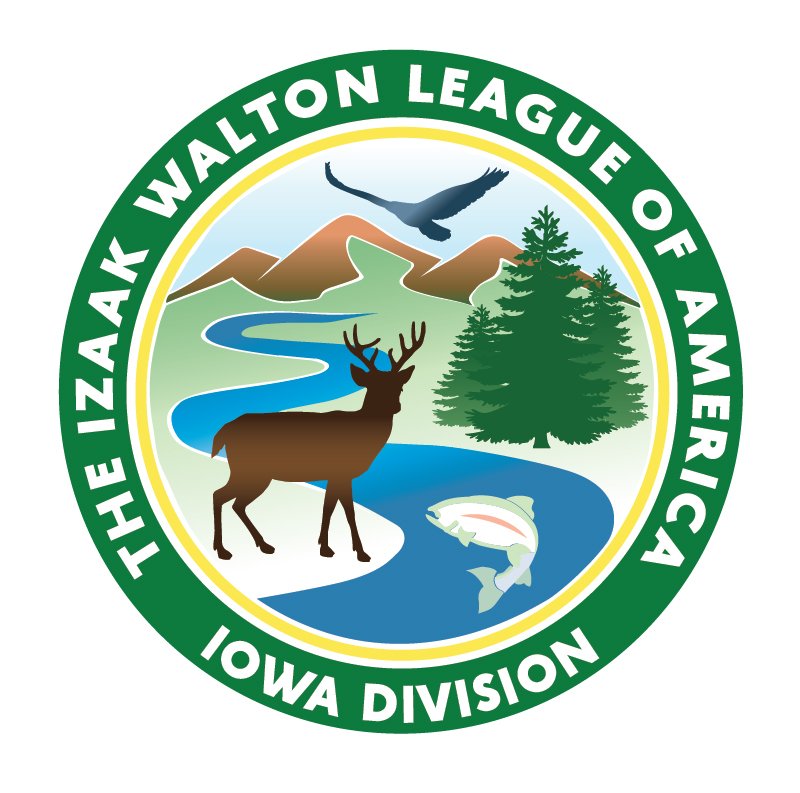Paddlers, Pollution, and Policy—
How citizens can get in involved to protect their favorite waterways for both recreation and public health!
Lynne Diebel— Author, Paddler, & Clean Water Advocate
Dan Haug— Water Quality Specialist, Prairie Rivers of Iowa
The Clean Water Act set a goal of achieving water quality that would protect recreation and aquatic life in the nation’s waters by 1983. Forty years later, rivers downstream of wastewater treatment plants are much improved, but still fall short of those goals. We’ll take a deep dive into two such streams in the Upper Mississippi River Watershed— Badfish Creek in Wisconsin and the South Skunk River in Iowa— to better understand how the Clean Water Act works, what isn’t working, and how citizens can get involved to protect their favorite paddling and fishing spots.
Lynne Diebel is the director of The Friends of Badfish Creek Watershed, a chapter of the Rock River Coalition, and has been paddling and studying the Badfish for 16 years. She is also the author of Paddling Northern Minnesota, Paddling Southern Minnesota (Trails Books), and Crossing the Driftless: A Canoe Trip Through a Midwestern Landscape (University of Wisconsin Press), among other books. While exploring the rivers that are characters in her books, Lynne and her husband Bob paddled almost four thousand miles of rivers together. Born and raised in Minnesota, Lynne has lived in Stoughton, Wisconsin since 1974, where she and Bob raised their four children.
Dan Haug has been the water quality specialist for Prairie Rivers of Iowa (an Ames-based non-profit) since 2017. In addition to working on watershed projects, environmental education, mapping, and water quality monitoring, he recently completed a series of 45 short videos about the Clean Water Act.
